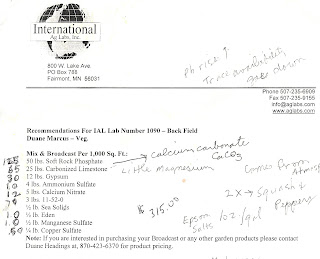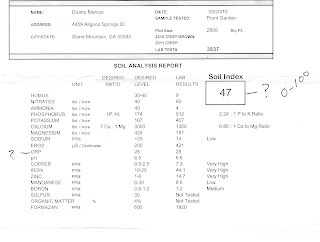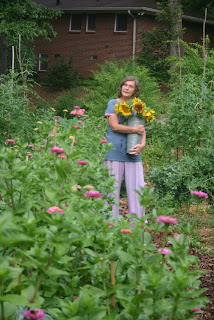
One of the most important strategies we employ is to encourage biodiversity. By doing so we can partner with a wide variety of organisms who will help us with pest control. Our farm looks like a mess to most people (including some of our neighbors). We have lots of wild looking "overgrown" areas. What appears to be chaos has an invisible order to it. These areas are home to birds, snakes, possums, toads, tree frogs, squirrels, rabbits, rats and chipmunks ( i believe my totem animal is a chipmunk). Yes, we have to share some of our bounty with them but we feel that overall we gain much more than we lose from their presence. In the past few years I have observed that birds in particular play an important role in keeping pest insects at bay. I see eastern towhees cruising close to the ground, scratching in the litter and mulch hunting for insects. I watched goldfinches eat the sunflower petals and then perch on the long beans and eat the aphids feeding on the beans. I have seen mockingbirds snatch tomato
 worms right out of the fruit.
worms right out of the fruit.We purposefully plant a wide variety of flowering plants that attract beneficial organisms including both pollinators and predators of pest insects. One of the first things we did when we got to the Funny Farm was to establish our bugscaping (aka farmscaping) beds. This spring we were able to divide the plants from that bed and spread them into other parts of the garden. Each year we have found more and different species of predatory insects working side by side with us. We help them by providing food and habitat and they help us by controlling pests on our crops.

This year I made a concerted effort to move away from the typical agricultural model of planting crops in rows. I wanted to mix things up to maximize diversity within my garden beds. Mother nature does not plant in rows. The goal was to make it harder for insect and disease pest to find their targets increasing the chances of our obtaining a yield. Here in the south squashes and zucchinis are difficult to grow organically. There is a large variety of insect and diseases that prey on them, the most devastating of which is the squash vine borer. When I planted my squash in a row the momma moth would cruise down the row happily laying her eggs on each plant. Soon one by one the plants would wilt and die leaving me squashless. We decided to try and outsmart her by confusing her.
 We planted our squash plants all over the place, between the tomatoes, among the zinnias, beside the pole beans, among the basil. This strategy worked pretty well. She found a few plants but through constant diligence I was able to find and destroy the larvae before they did serious damage and we had a decent yield of squash.
We planted our squash plants all over the place, between the tomatoes, among the zinnias, beside the pole beans, among the basil. This strategy worked pretty well. She found a few plants but through constant diligence I was able to find and destroy the larvae before they did serious damage and we had a decent yield of squash.We also also made better use of 3 dimensional space in the garden by utilizing stakes, teepees and trellisses. We plant our tomatoes 4' apart and tie 2 vines to metal tee post that has a 8-10' tall bamboo pole attached to it. Our tomatoes grow up to the top of the poles and then cascade back down. The wide spacing allows us to plant lower growing plants between them. We mixed a lot of different things between them besides the squash; bush beans which fix nitrogen, basil, zinnias, sunflowers which attract pollinators and predatory insects. We wanted to emulate a natural system as much as possible. All the different plants give off different chemical signals making it harder for pest insects to find their favorite foods. We created a similar 3-d space to a forest edge with a canopy, understory and dense layer near the ground. I saw the towhees moving from the wild woodsy spaces into the garden spaces scratching in the mulch and eating insects.
We made teepees out of bamboo poles our friend Henry brought us and grew our cucumbers and melons on them (don't be fooled by Baker Creek Seed's description of a Tigger melon. They may smell good but the taste like crap) . Between the widely spaced teepees we planted okra to fill the void. the teepees were shaped like this ^ and the okra grows like this \/. Someone said the bamboo structures reminded her of Gilligan's Island. Seem like a good model of sustainability to me.

This summer was hot and dry. We had our share of insects and diseases. Some crops failed but most did quite well. All in all we are very satisfied with our new 3 dimensional strategy and will be refining it next summer.
Over 1800 lbs. harvested from June until now on 1/8th acre ain't too shabby.













